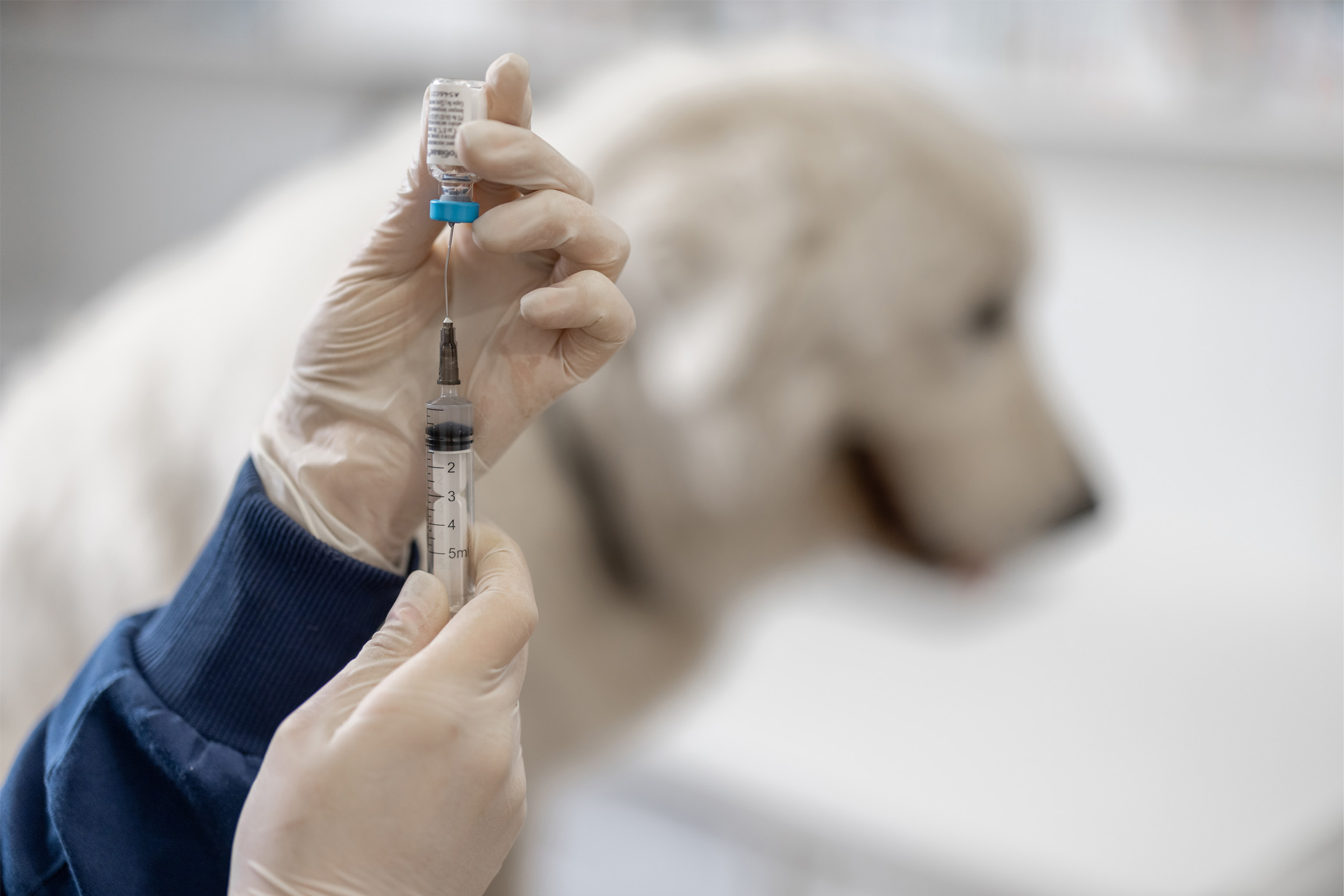Mint may be one of the most soothing and relaxing scents available. No wonder it’s such a popular stress- and pain-relieving remedy! Although mint oils earn their stripes by making you feel good, they have many more practical and healthful uses.
Peppermint Essential Oil
Peppermint essential oil comes from the peppermint plant (Mentha pipertita), a hybrid species of spearmint and water mint, right before it flowers. Although the peppermint plant grows throughout Europe and North America, India is the world’s largest producer and exporter of mint oil. The most active ingredients include menthol (35–45%) and menthone (10–30%). It may have antibacterial, antifungal, and antiviral properties. Aside from being a popular flavoring, peppermint is commonly used to treat irritable bowel syndrome and relieve pain. Peppermint oil is also believed to treat an upset stomach, indigestion, headaches, skin irritation, nausea, diarrhea, menstrual cramps, flatulence, and anxiety associated with depression. It is a common ingredient in chest rubs used to treat symptoms of the common cold. Peppermint oil has also been suggested as a mosquito repellent. Some of the most common uses for peppermint oil are to:- Reduce stomach aches
- Soothe digestive issues
- Freshen bad breath
- Relieve headaches
- Improve mental focus
- Clear respiratory tract
- Boost energy
- Release tight muscles.
- Excessive doses can be toxic.
- Skin contact can cause skin rashes and irritation.
- Side effects may include allergic reactions and heartburn.
- Due to its high concentration, only a few drops should be use.
- It may cause spasms or inhibited breathing when applied to the face or chest of infants or young children.
- It may make gallstones worse.
Spearmint Essential Oil
Spearmint essential oil (Mentha spicata) comes from the spearmint plant, which has bright green leaves unlike peppermint's dark green. Spearmint oil is not as pungent as peppermint oil but has similar benefits, so it is often preferred to peppermint. Spearmint oil is believed to have antimicrobial, antifungal, and antibacterial properties. According to a study in the Journal of Essential Oil Research, spearmint has shown effectiveness against four bacterial strains (Staphylococcus aureus, Escherichia coli, Bacillus subtilis, and Pasturella multocida) and fungal pathogens (Aspergillus niger, Mucor mucedo, Fusarium solani, Botryodiplodia theobromae, and Rhizopus solani). Spearmint oil’s antiseptic properties are believed to protect wounds and ulcers from infection, help wounds and ulcers heal faster, treat sexually transmitted diseases (STDs), and treat internal wounds and infections in the stomach and intestines. Some of the most common uses for spearmint oil are to:- Help relax nerves and muscle spasms due to its menthol content
- Let excessive gas pass naturally from your stomach and intestines
- Alleviate headaches and stress-related neural problems
- Address menstrual problems, such as irregular periods, obstructed menses, and early menopause
- Stimulate nerves and brain function, as well as blood circulation
- Relieve common respiratory problems, such as colds, nasal congestion, asthma, and flu.
- Pregnant women should not ingest spearmint since it stimulates the production of estrogen, potentially increasing the chance of a miscarriage.
Wintergreen Essential Oil
Wintergreen essential oil is extracted from the leaves of an evergreen plant called Gaultheria procumbens, which is from the Ericaceae plant family. Interestingly, that means that the last mint on the list isn’t actually a mint. You might be familiar with some of its relatives though, such as the blueberry, cranberry, and lingonberry. Wintergreen leaves have no odor, but breaking them down in water causes the minty aroma. Wintergreen oil is said to relieve pain quickly as it is quickly absorbed by your skin. It is also used as a flavoring agent. Spearmint and peppermint are FDA GRAS, which means they are deemed safe to eat. Wintergreen is not listed as FDA GRAS and should not be ingested unless you are following strict orders from your doctor. Some of the most common uses for wintergreen oil include:- Fighting disease-causing inflammation
- Relieving pain
- Reducing swelling and irritation
- Improving digestion
- Clearing skin irritation
- Improving alertness and senses
- Treating colds, fevers, infections and the flu
- Deodorizing.
- Keep it away from your eyes, the mucus membranes inside of your nose, pets, and babies.
- Some digestive or asthma medications, blood thinners, pain medication, or anti-coagulants can adversely interact with wintergreen when it is consumed.
- If you have an allergy to aspirin, you should also refrain from using this oil, as they have the same components.
- Wintergreen oil, also known as methyl salicylate, is extremely toxic.
Recent Posts
-

-
 Yesenia04/25/2024
Yesenia04/25/2024The 12 Must Have Essential Oil Video Series
-
 Yesenia04/21/2024
Yesenia04/21/2024Med Lab Supply – Your One Stop Shop for Wound Care Supplies







